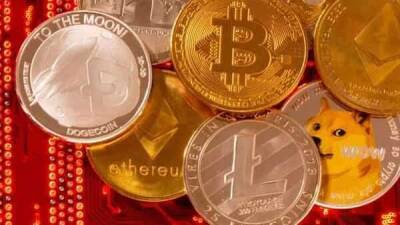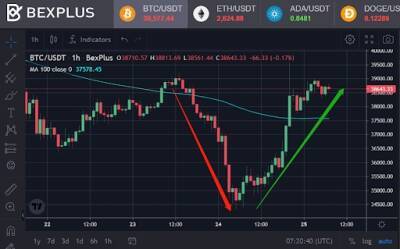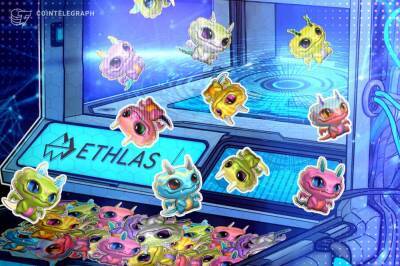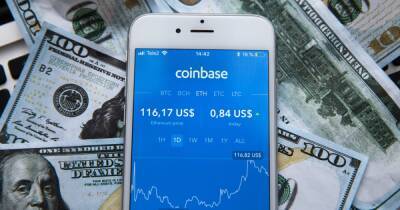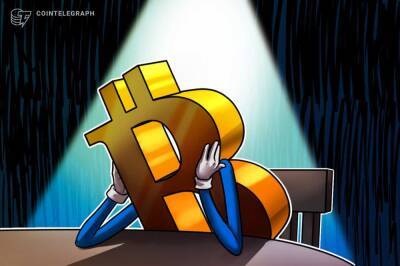Explained: What is wash trading in NFTs?
Chainalysis, a blockchain research firm, recently published its Crypto Crime Report for 2022. Among many other findings, the report stated that the non-fungible token (NFT) market is quite vulnerable to a concept known as ‘wash trading’ – a fraudulent activity that falsely inflates the value of assets. But what is wash trading, and how does it affect NFTs? Let’s find out.NFTs have surged in popularity, with several big-ticket sales occurring over the last few months.
In fact, as per the Chainalysisreport, sales in the NFT space jumped to a whopping $44.2 billion in 2021 from $106 million in 2020. However, this digital asset is also a victim of cybercrimes and frauds, the latest of which is wash trading.What is Wash Trading in NFTs?The report from Chainalysis explains wash trading as “a transaction in which the seller is on both sides of the trade in order to paint a misleading picture of an asset’s value and liquidity.” In the case of NFTs, wash trading seeks to make the asset look much more valuable than it is. How is this done?Several NFT trading platforms allow users to trade by simply connecting their wallets to the platform without identifying themselves.
This means that one user can create and link multiple wallets to a platform.A user can then control both sides of an NFT trade, selling the NFT from one wallet and purchasing it from another. When multiple such transactions are executed, the trade volume rises. This makes the underlying asset seem highly sought after.
Some wash traders have gone to the extent of making hundreds of transactions through their self-controlled wallets. Here are some of the wash trades unearthed by Chainalysis: User 1 from the above chart carried out 830 self-financed transactions. This
. Read more on cnbctv18.com


